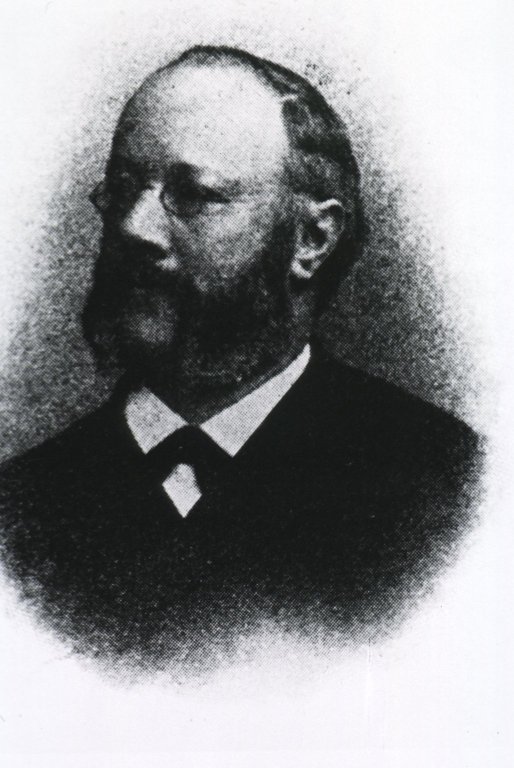Jaffe reaction
 The Jaffe reaction is a colorimetric method used in clinical chemistry to determine creatinine levels in blood and urine. In 1886, Max Jaffe (1841–1911) wrote about its basic principles in the paper ''Über den Niederschlag, welchen Pikrinsäure in normalem Harn erzeugt und über eine neue Reaction des Kreatinins'' in which he described the properties of creatinine and picric acid in an alkaline solution. The color change that occurred was directly proportional to the concentration of creatinine, however he also noted that several other organic compounds induced similar reactions. In the early 20th century, Otto Folin adapted Jaffe's research into a clinical procedure. The Jaffe reaction, despite its nonspecificity for creatinine, is still widely employed as the method of choice for creatinine testing due to its speed, adaptability in automated analysis, and cost-effectiveness, and is the oldest methodology continued to be used in the medical laboratory. It is this nonspecificity that has motivated the development of new reference methods for creatinine analysis into the 21st century.
Provided by Wikipedia
The Jaffe reaction is a colorimetric method used in clinical chemistry to determine creatinine levels in blood and urine. In 1886, Max Jaffe (1841–1911) wrote about its basic principles in the paper ''Über den Niederschlag, welchen Pikrinsäure in normalem Harn erzeugt und über eine neue Reaction des Kreatinins'' in which he described the properties of creatinine and picric acid in an alkaline solution. The color change that occurred was directly proportional to the concentration of creatinine, however he also noted that several other organic compounds induced similar reactions. In the early 20th century, Otto Folin adapted Jaffe's research into a clinical procedure. The Jaffe reaction, despite its nonspecificity for creatinine, is still widely employed as the method of choice for creatinine testing due to its speed, adaptability in automated analysis, and cost-effectiveness, and is the oldest methodology continued to be used in the medical laboratory. It is this nonspecificity that has motivated the development of new reference methods for creatinine analysis into the 21st century.
Provided by Wikipedia
1
Published: [1862]
Links: Get full text; Get full text; Cover
2
Published: [2021]
Links: Get full text; Get full text; Cover
3
Published: [2021]
Links: Get full text; Get full text; Cover
